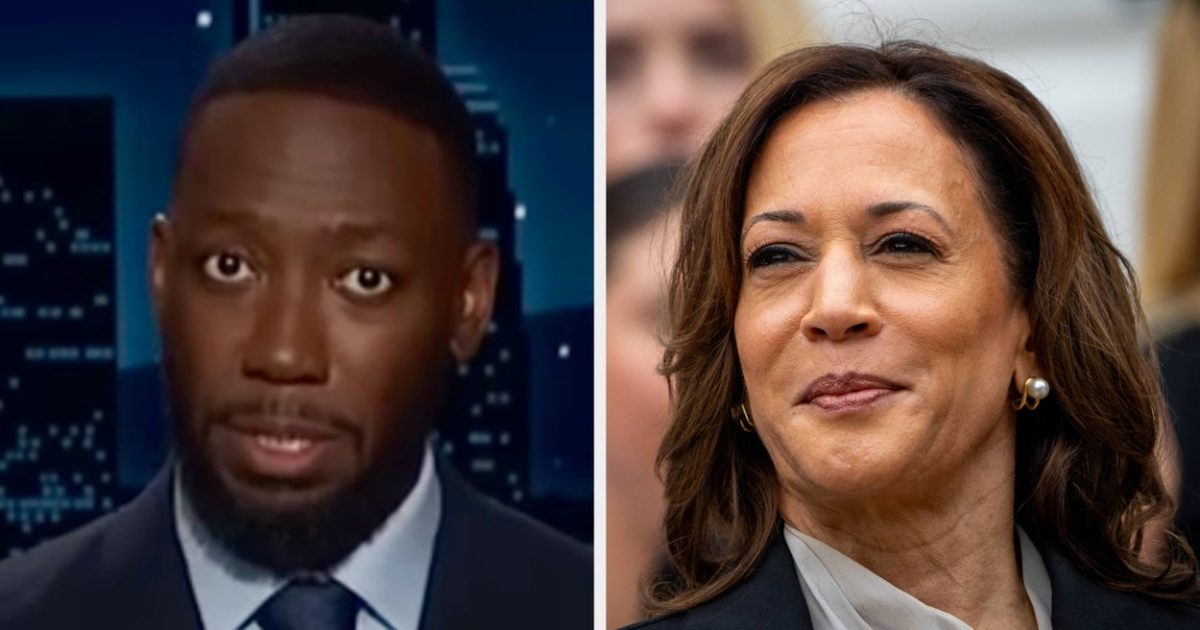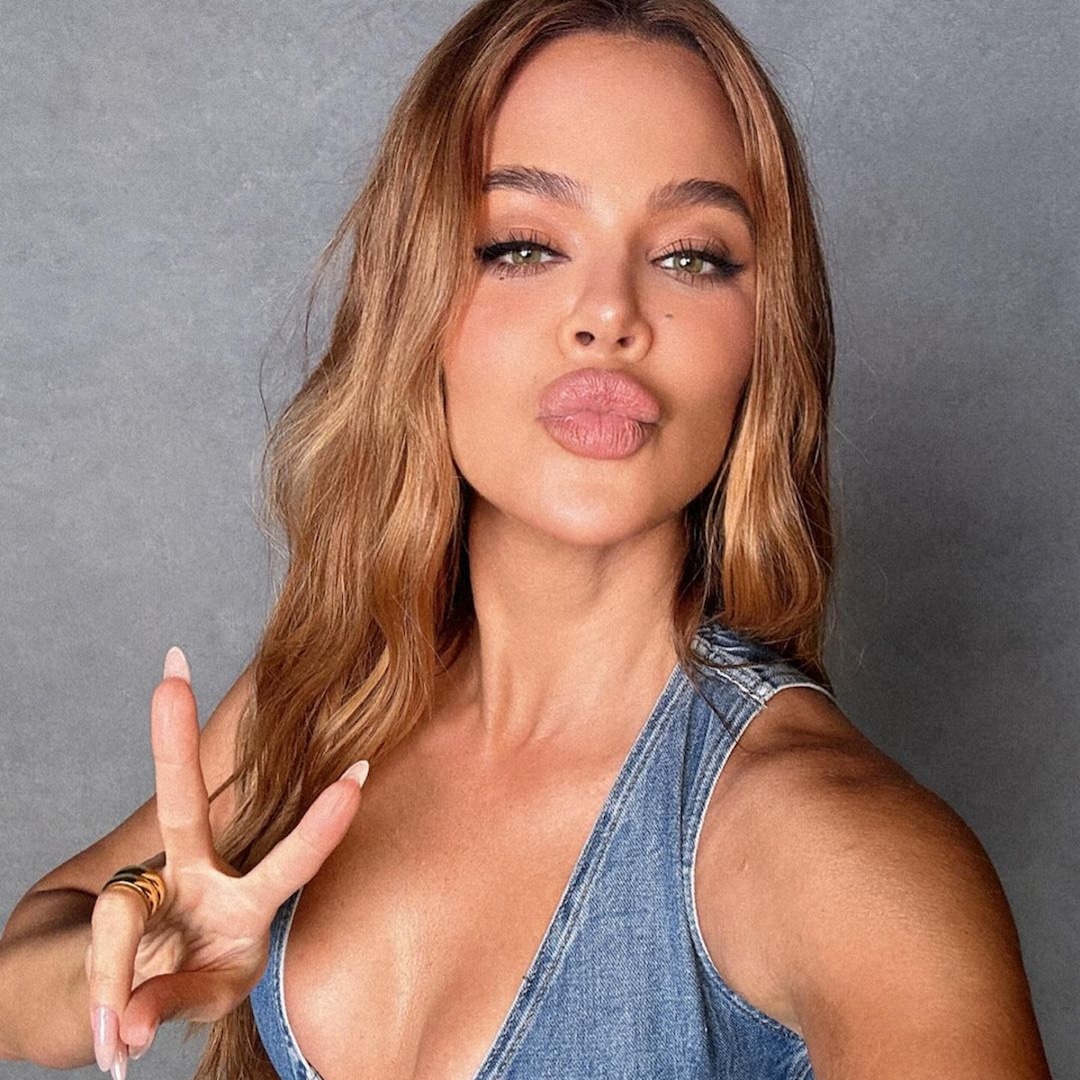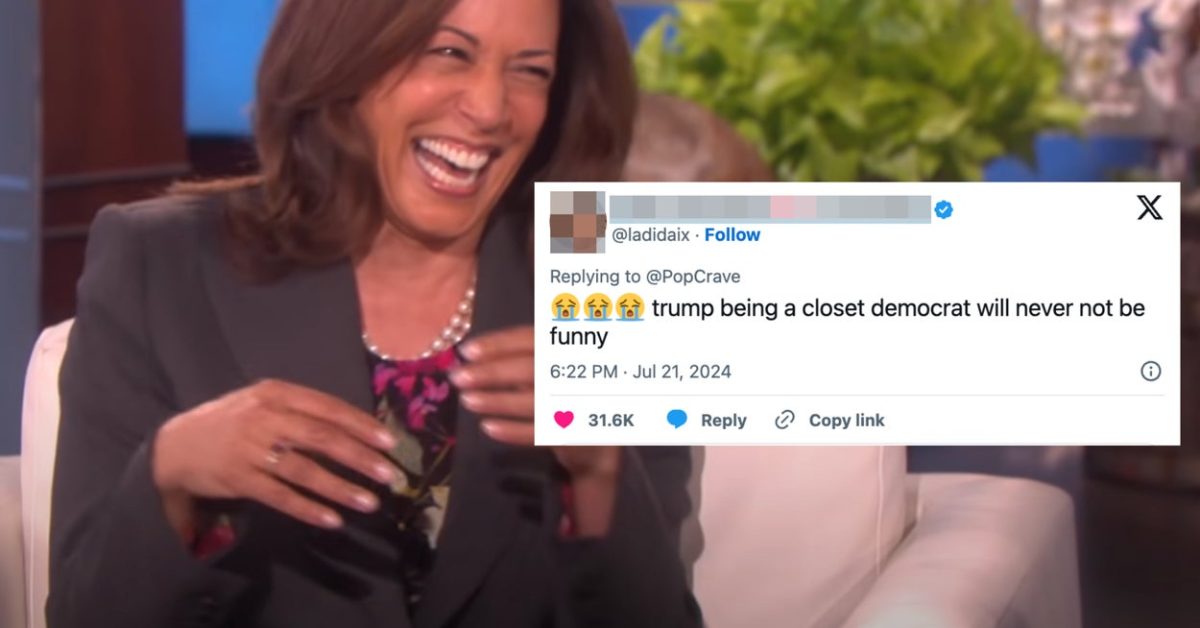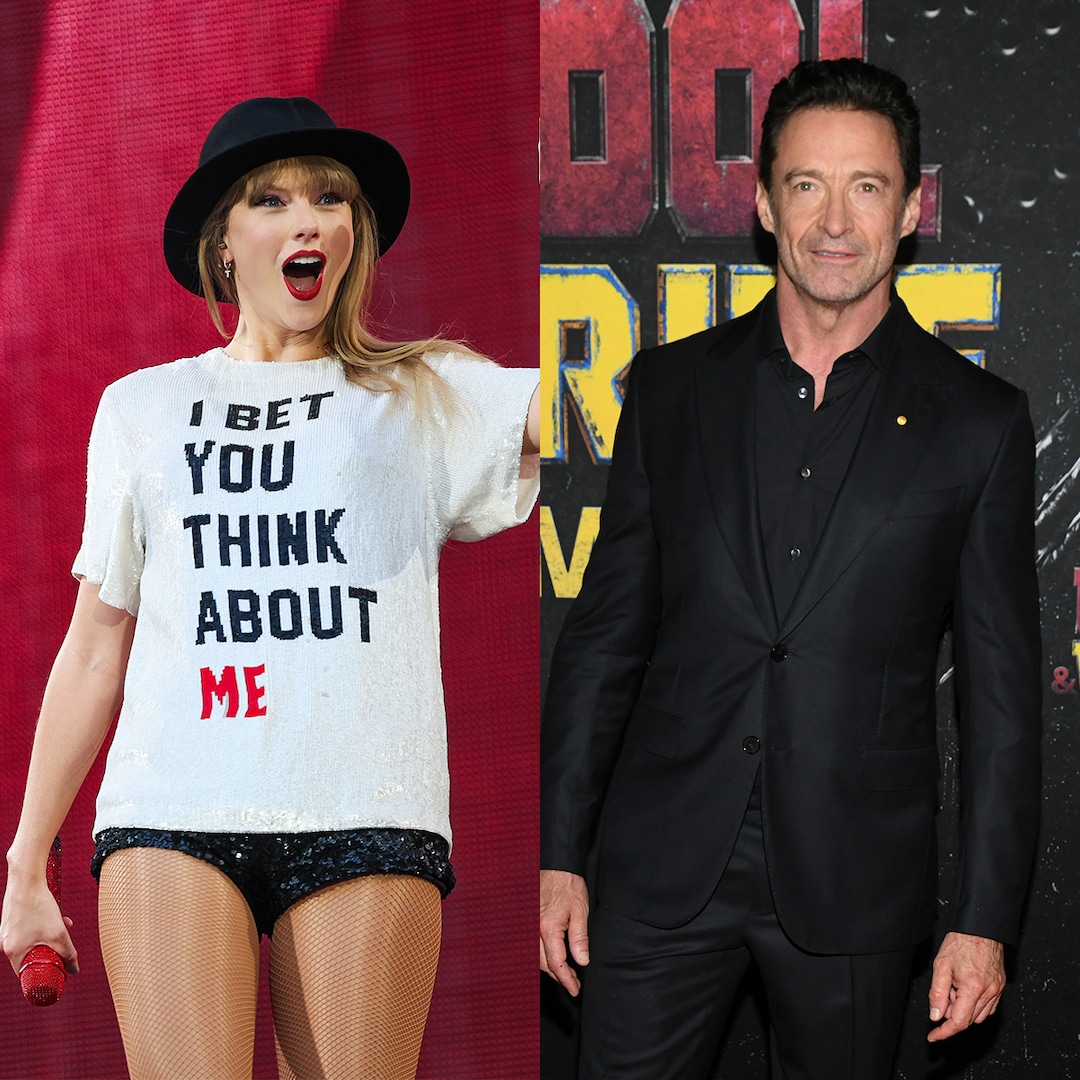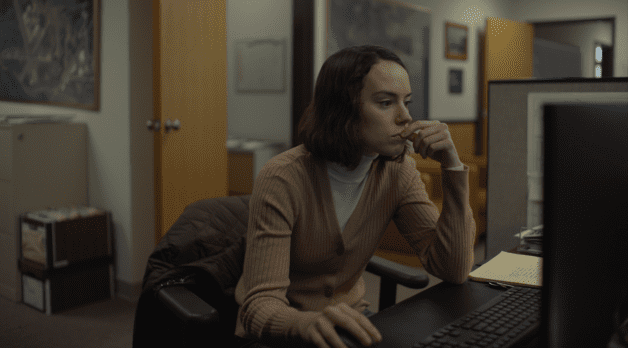
“I Wanted To Make Sure the Film Felt Lived In”: Editor Ryan Kendrick on Sometimes I Think About Dying
Jan 22, 2023
Sometimes I Think About Dying, courtesy of Sundance Institute.
The depressing atmosphere of cubicle culture permeates Sometimes I Think About Dying, Rachel Lambert’s latest directorial effort. At least until a charming new hire begins to break down the defenses of Fran (Daisy Ridley), the film’s protagonist who, yes, often thinks about her own death to kill time.
Editor Ryan Kendrick tells Filmmaker about his previous collaborations with Lambert, how his history as a documentary editor helped on this narrative project and how he broke into the business.
See all responses to our annual Sundance editor interviews here.
Filmmaker: How and why did you wind up being the editor of your film? What were the factors and attributes that led to your being hired for this job?
Kendrick: Rachel and I were in the final stages of another film, I Can Feel You Walking, when she was sent a script. We both had such a great time working on Walking that we were excited to work on another project together. After she read the script, she passed it on to me to see how I felt about it. We both really loved it and thought it would be a great film to work on together.
Filmmaker: In terms of advancing your film from its earliest assembly to your final cut, what were goals as an editor? What elements of the film did you want to enhance, or preserve, or tease out or totally reshape?
Kendrick: My initial worry upon reading the script, and then as we moved into production, was that I didn’t want to lose the audience by not feeling connected to the thoughts that Fran is having. All of those fears subsided on day one when I started to see dailies and experience the performance that Daisy was giving.
My focus shifted. I wanted to make sure the film felt lived in. Rachel and Dustin spent a couple days before production shooting images around town. Which is the, “Where is she?” But they also shot improv pieces with the cast around the office. Small interactions or full-on improv scenes. Which is the, “Who is she around?” I felt like one of my goals while working on the film was how to incorporate these bits of the world around Fran. I tend to use food metaphors a lot, so to me it was, “Let Rachel, Dustin and Daisy cook, and I’ll just plate the delicious food they’ve made.”
Filmmaker: How did you achieve these goals? What types of editing techniques, or processes, or feedback screenings allowed this work to occur?
Kendrick: It might seem a bit weird to say, but a major influence on how I was incorporating these moments comes from documentary editing. Rachel and I have worked on a documentary before, and the previous film to this one was entirely improvised. So being able to look at the footage and find the essence of what’s there is not that dissimilar to combing through hours of footage to find the story bit that can bring you forward. But as opposed to documentary, I wasn’t looking for the bits that drive the story. The narrative of that is already being driven. It was about finding the moments that surround Fran and the bits that she absorbs passively in her life.
Filmmaker: As an editor, how did you come up in the business, and what influences have affected your work?
Kendrick: I started out as an assistant editor in reality television. I was living in New York and working nights as a loader. Which, I’d imagine, doesn’t exist anymore. I did that for a year, while also picking up random shifts prepping for a colorist or doing small edit fixes. I moved to Nashville and searched for any editing work I could find. It’s a small market, so naturally I ended up editing music videos. Over a five or six-year period, I must’ve edited around 60 music videos. Directors of those videos were also working on commercials and films, so they brought me on to work on those projects as well.
Filmmaker: What editing system did you use, and why?
Kendrick: I use Adobe Premiere. It’s been my main NLE for years. I’ve used others and feel like they have some good features, but Premiere really gives me everything I want in one place. I like to temp in VFX, so sending a shot to After Effects and having the work already in my timeline is something that I just couldn’t live without.
Filmmaker: What role did VFX work, or compositing, or other post-production techniques play in terms of the final edit?
Kendrick: Temping in VFX on any film is always vital for understanding how the scene is really coming across. The pacing, where the audience’s eyes should be focusing, if we’re leaving enough time for them to see what we want them to see, etc. It was no different on this film. There were a few sequences that I needed to composite, or else I would never know if they were carrying an impact. And there is one sequence, in particular, that I had to do screen replacements and roto, or we were going to be flying in the dark.
Filmmaker: What was the most difficult scene to cut and why? And how did you do it?
Kendrick: It was the opening of the film. We really wanted to make sure that we were giving the audience a sense of what the rest of the film was going to be, which is a difficult task. The film changed and grew as we continued to finesse and define it, so the front would naturally change as we went along. It was one of the final things we locked. Rachel was out of town, so I spent the better part of two days trying different versions. I would get to an edit I liked, I’d upload it to Frame then she would watch it and call me to talk through it. As we made it through a few versions, I started to stray from what the opening was meant to convey and into a territory of, “This feels new and cool.” Once we hit that point, I think we both knew that we had nailed it in an earlier version and that’s where we landed.
Filmmaker: Finally, now that the process is over, what new meanings has the film taken on for you? What did you discover in the footage that you might not have seen initially, and how does your final understanding of the film differ from the understanding that you began with?
Kendrick: It’s not to say that there wasn’t any discovery in the editing room of this film, but I don’t think I have a different understanding or meaning of the film now that it’s over. It’s possible that will change as people begin to see it and share the things that it made them think about. I think that speaks to Rachel and the intentions she had to share this story. I’m not going to say what we want people to feel or how they should perceive the film, but I feel the same about it now as I did on day one.
Publisher: Source link
Lamorne Morris Thinks Kamala Harris Has This Advantage Over Donald Trump
Trump said that President Joe Biden, who dropped out of the race on Sunday while recovering from COVID-19, never really had the infection. “Really? Trump thinks Biden never had COVID?” Morris said on Monday. “You don’t pretend to have COVID to get out…
Jul 26, 2024
Khloe Kardashian Is Ranked No. 7 in the World for Aging Slowly
Khloe Kardashian's body is out for more than just revenge. In fact, the 40-year-old is one of the world's slowest agers—a revelation she learned after taking a blood test to determine her body's biological age compared to her calendar age.…
Jul 26, 2024
Reactions To Trump’s Kamala Harris Donation
Just as many white Americans used their Obama vote to excuse their internalized racism, Lauren Boebert seems to have adopted this same ideology, ignoring Trump's long record of racism against African Americans, Mexicans, Hispanics, Native Americans, Muslims, Jews, and immigrants, and discrimination against women and…
Jul 25, 2024
Hugh Jackman Reveals What an NFL Game With Taylor Swift Is Really Like
Hugh Jackman is happy to fill any blank space in Taylor Swift’s NFL game suite. In fact, the Deadpool & Wolverine star recently detailed his experience attending a Kansas City Chiefs game to root on Travis Kelce, alongside Ryan Reynolds,…
Jul 25, 2024








